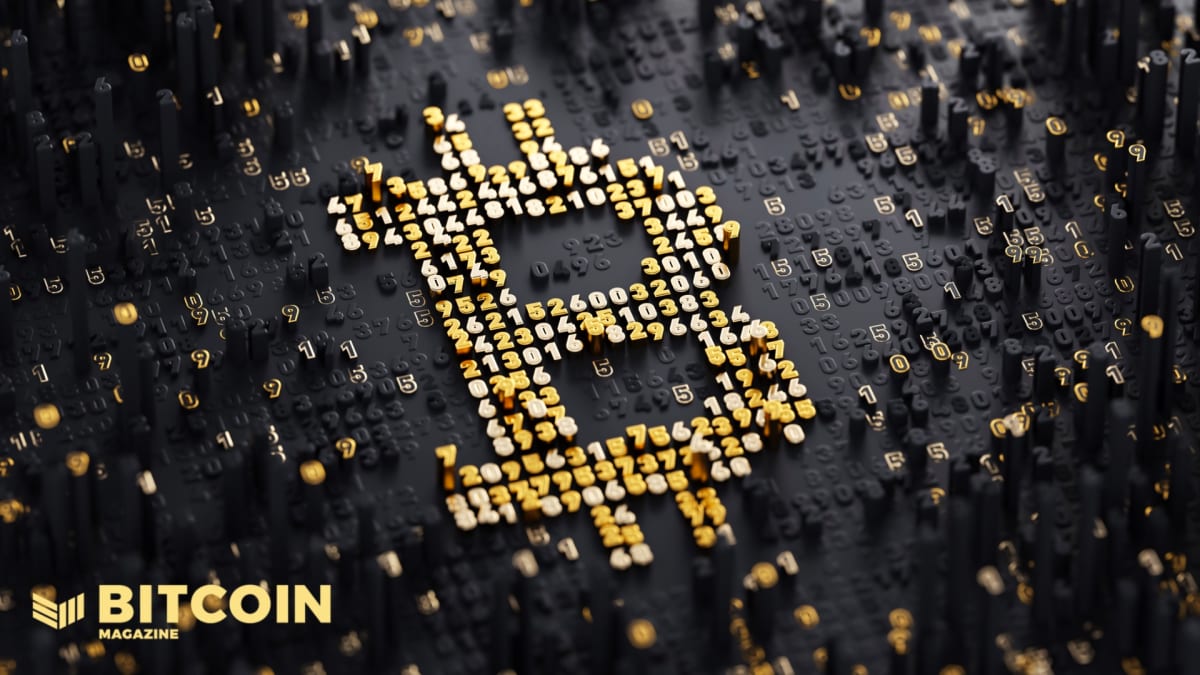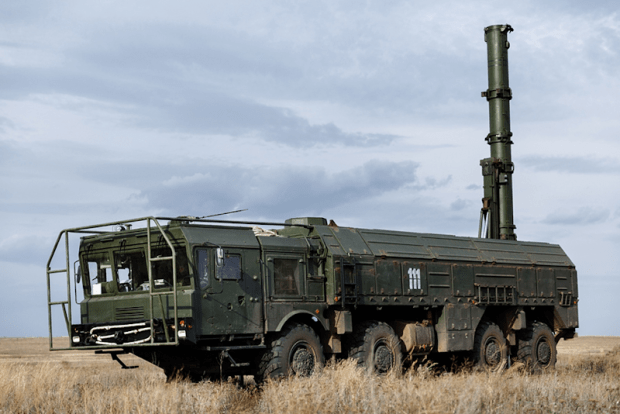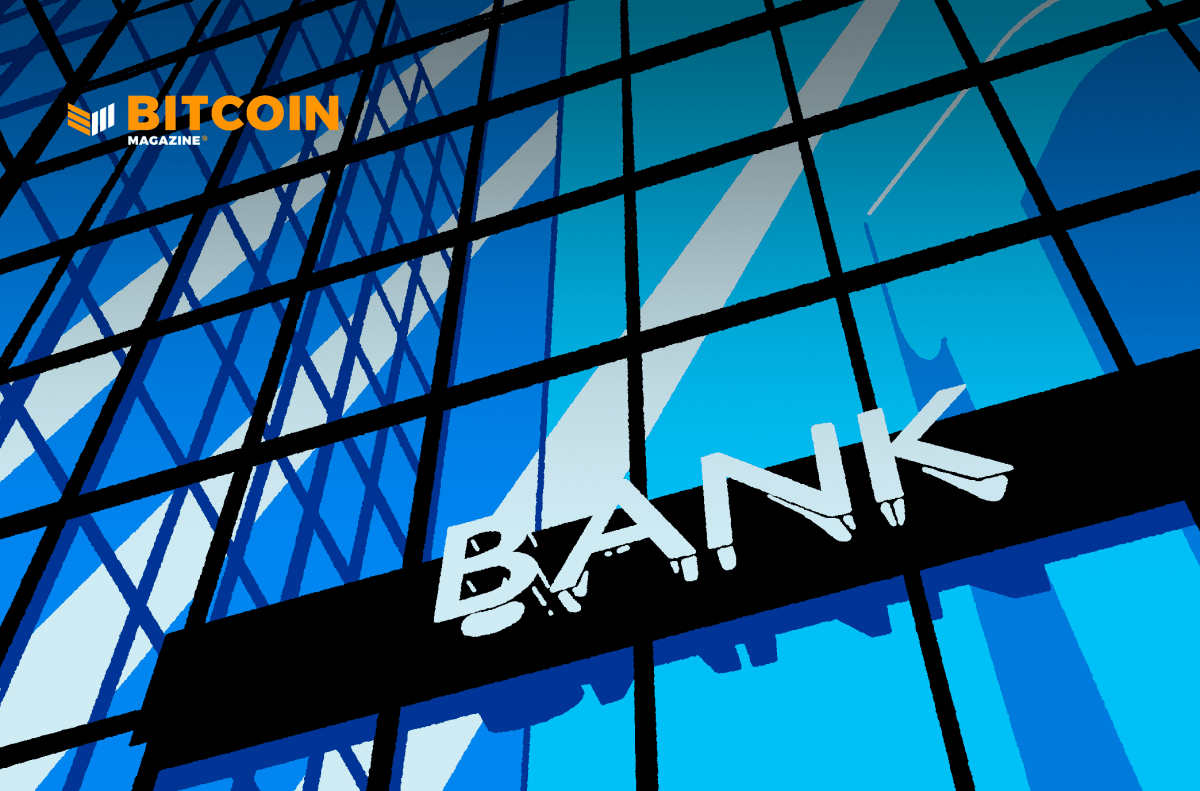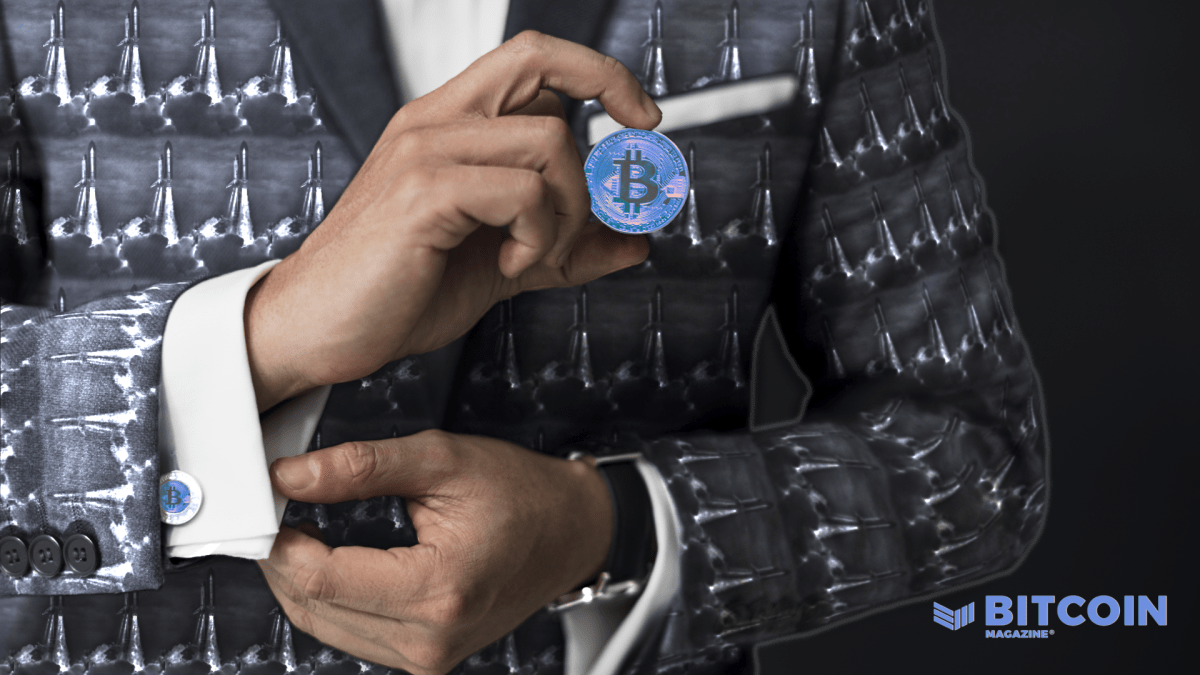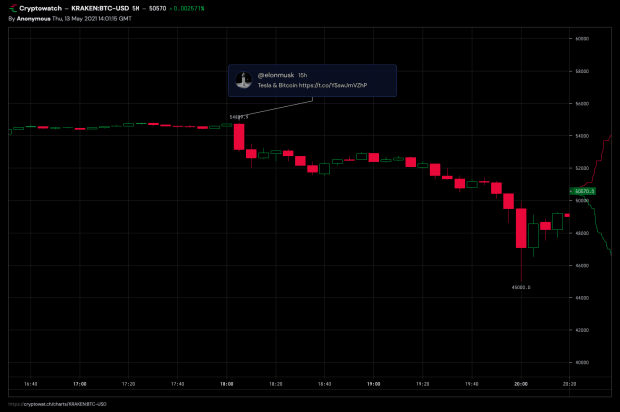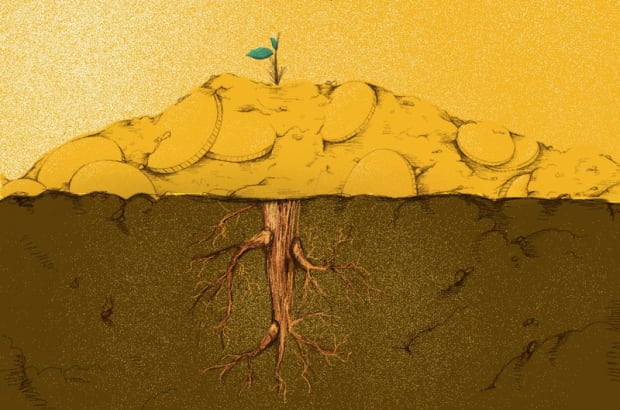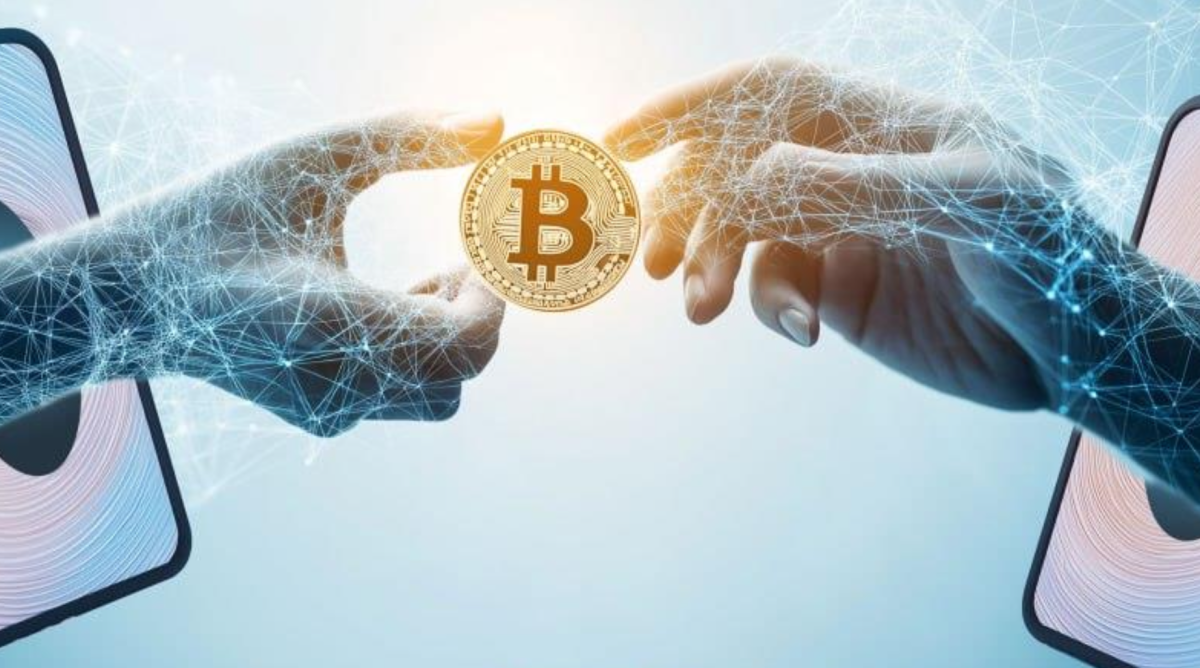How Pizza Day Relates To Bitcoin Mining
Laszlo Hanyecz’s significant contributions to Bitcoin far outweigh the possible regret he may have for spending 10,000 bitcoin on two pizzas.
Memes aside, what is the significance of Bitcoin Pizza Day? When Bitcoiners buy pizza on May 22 every year, what exactly are they celebrating?
We all know the story, and we’ve all probably wondered, “Does Laszlo Hanyecz regret buying two pizzas for 10,000 bitcoin in 2010?” Hanyecz says no, he doesn’t regret it, but most normal people would argue that he’s post-rationalizing.
“Of course he’d say that, it’s a coping mechanism. He can’t go back in time and change it. But of course he regrets it. Who wouldn’t?! He could’ve been a multimillionaire today!”
In fact, considering Hanyecz did the same thing more than once, he could’ve been a billionaire at any moment in 2022, with a total of about 100,000 bitcoin spent on pizza in 2010.
If despite what he says, you still believe that Hanyecz regrets it, I encourage you to try and understand that bitcoin regret is based on a fantasy fiat mentality. It assumes that it’s better to get lucky and get something for nothing, rather than work to earn it. It misses the point that, if you had gotten something for nothing, you’d probably no longer have it anyway, as there exist a thousand different ways, in which you likely would’ve parted ways with it. Altcoins, scams or a simple combination of greed and lack of appreciation for the significance of what you’re holding.
How many Bitcoin OGs from 2009 and 2010, who were sending bitcoin between one another like it was monopoly money, still have a stack that large?
My guess? Very few.
And this retrospective view remains applicable today. Case in point: Bitcoin Ekasi is a project I founded in August 2021 and it is specifically aimed at spending bitcoin. We’ve taken the Bitcoin Beach model and adapted it to a South African setting. Our aim is simple: introduce Bitcoin into an impoverished township; first, as a tool for both personal and community empowerment, second, as real-world demonstration that Bitcoin can in fact deliver on its promise.
Compared to fiat, bitcoin is both a superior savings technology and now, with the Lightning Network, it is also a superior payments network, both of which hold great promise for financially-excluded fringe economies. We’re hoping that bitcoin will be adopted in this community and early indications are promising that there’s significant interest.
The only way to introduce bitcoin to people and create a Bitcoin Beach-type circular economy is to actually use it. To pay salaries with bitcoin and encourage spending it on real-world goods and services at the corner stores we’ve onboarded. If we simply advocated for HODLing no one in this community would adopt it. At least not until it’s ubiquitous (and the upside to being an early adopter is far less than what it is now).
You may say we’re contradicting ourselves, but there’s no contradiction here. Not if you understand where bitcoin was, where it is now and where it will probably go. For the sake of HODLing, we encourage spending — at least initially.
Like many Bitcoiners, my investment thesis is that bitcoin’s value will, eventually, almost definitely represent a significant portion of the global economy and most likely a very large majority of it. This outcome will put the price of bitcoin orders of magnitude higher than what it is today. It’s a thesis I’ve held since first buying bitcoin in 2013, near its peak, and everything I’ve experienced since then continues to point in that direction.
But if that’s the case, how could I spend bitcoin and (with a clear conscience) advocate that others do the same? Flying in the face of some of the most popular GigaChad influencers like Michael Saylor and Dan Held, who say you should never sell and that they regret spending every single time.
Am I not contradicting myself? Wouldn’t I also regret spending it?
Well it depends on one’s perspective. Obviously the question of “How much is enough?” varies from one person to another and no one is in a position to judge that on someone else’s behalf. Personally, if I’ve got a solid roof over my head, if I can comfortably feed my family and if I am in control of my own time, then I’m happy. I will always remain busy with constructive things, some of which will earn me money and some of which I do because it’s fun. As long as I can afford to choose either one, whenever I want, then I’m happy. I don’t need thousands (or even hundreds) of bitcoin to do that. But that’s just me.
More importantly, my thinking surrounding Laszlo Hanyecz and the Bitcoin Pizza Day story changed considerably when I learned that he made other, far more significant contributions to Bitcoin: Hanyecz invented GPU mining and freely shared his invention with the community, among other things.
Sure, two $6 million dollar pizzas made for great clickbait in 2013, but chances are that most people who’d click on that aren’t aware of these other, far more significant contributions made by the same person.
That represents the deeper symbolic nature of this day.
Bitcoin Pizza Day is about remembering the contributions made by early pioneers — and we are all still very early! — and remembering, perhaps most importantly, that bitcoin regret (selling and/or spending too early and/or buying too little) can easily overshadow other more significant contributions.
It’s about remembering that Laszlo Hanyecz, like other early pioneers, invented GPU mining and freely shared his invention with the community and spent thousands of bitcoin on pizza, at the same time. Both contributions represent the same person and he likely wouldn’t have made either one without the other.
Does Laszlo Hanyecz regret buying two pizzas for 10,000 bitcoin in 2010?
I don’t think so. He likely understands that if he hadn’t done that, Bitcoin wouldn’t have been what it is today, and so should you.
In a very real way, you could say that having spent those 10,000 bitcoin is precisely what makes the same 10,000 bitcoin worth hundreds of millions of dollars today. If he instead kept that and not spent it, who knows? It’s possible that Laszlo Hanyecz would’ve been left with 10,000 useless digital tokens that nobody wanted in 2022.
This is a guest post by Hermann Vivier. Opinions expressed are entirely their own and do not necessarily reflect those of BTC Inc. or Bitcoin Magazine.


